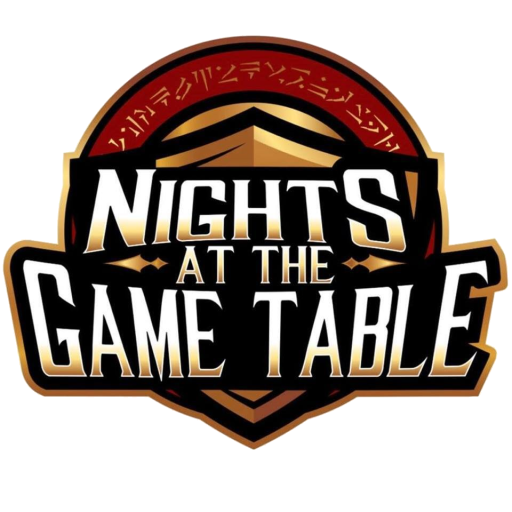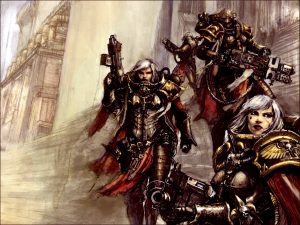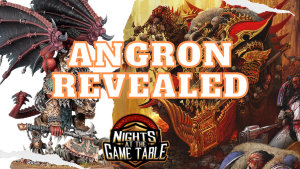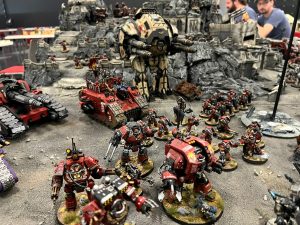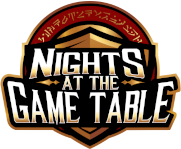In previous articles we’ve touched on the four kinds of gamers as well as the value of passive thinking. This week’s article is second in a series of four, in which we will look to combine these two concepts, play to our strengths, and embrace our preferred playstyle.

Specifically, for each play-style archetype, we are looking at two major pregame steps we can take to help improve our chances of success:
- Build a list that works in our preferred playstyle
- Establish a gameplan or script for how the list will work in various scenarios and matchups
Last week we covered the Warboss, an aggressive-loose play-style. This week we are focusing on the Changeling, the reactive-loose play-style, which fits someone who wants to flow like water, adapting to the game state and capitalizing on the situation at hand. Armies that will be best for this player are ones where the big hitters and offensive punch is diffused throughout the army or largely due to characters hiding behind screens and masses of bodies.
The Changeling play-style is about using redundancies and the combination of durability and mobility to be able to react and flow to positions to deal the most damage possible each turn. As outlined above, there are two main ways of doing this – a pile of bodies that both provide threat and board control through weight of numbers; and what we could call the “LVO Special,” which would be variants on the concepts of Nick Nanavati’s LVO-winning list of a mobile, reactive fire base with incredibly fast and potent counter-assault units.

Of these two builds, the horde style is the more approachable for most factions in the game, with Imperial and Chaos at large being able to pull it together, and then several of the Xenos races being built for that naturally. The hordes then just need to be backed by units and characters that will buff them to extremes and provide punch from the relative safety of a few hundred models.
The second build is a little harder to achieve across all factions, and various flavors of Eldar are probably the best at it currently. So let’s look at a list that can be run reactively while not leaning on just mass of bodies. Specifically, let’s take a look at how Nick’s list has evolved since LVO to become what it was this past weekend at ATC (where he won Best General, Best Eldar, and was part of the winning team, Beast Coast):
Craftworld (Alaitoc) Battalion:
Warlock
Warlock Conclave: 2 Warlocks
10 Guardian Defenders
2x 5 Rangers
5 Swooping Hawks
2x Wave Serpent: Twin Shuriken Cannon, Shuriken Cannon
Craftworld (Mixed) Supreme Command:
Biel-Tan Spiritseer
2x Alaitoc Farseer
Ynnari Outrider:
Yvraine: Warlord
8 Alaitoc Dark Reapers: Exarch with Tempest Launcher
5 Biel-Tan Swooping Hawks
9 Biel-Tan Shining Spears: Exarch with Star Lance
9 Saim-Hann Shining Spears: Exarch with Star Lance
This list is designed to use mobility to create forward screens and counter-assaulting roadblocks. Most of the forward units possessing Fly means these units can quickly redeploy, feint, and counter-charge as needed, while creating areas of the board where an opponent doesn’t want to just walk into, and cannot be used to hide from the Dark Reapers in the backfield.
With the list taken care of, the second part of the equation is game planning. There are several bits of redundancy and repeated efficiencies in the list, which allow for several options and mitigation techniques. There’s also plenty of space in the two very durable transports to protect all the bodies that need to be kept safe on the back line.

As a reactive player and build, this list is not really built around an alpha, and will prefer to go second. As such, deployment will reflect this. The Rangers can be used to block out the midfield, but against an aggressive combat focused opponent, these can be used against the shooting elements in the list by being taken hostage. So, instead, in these situations, the rangers can be held back. Instead, the two units of Swooping Hawks can deploy more forward to gain board control and tempt out charges. Everything else is kept back, out of range, as much as possible, or hiding in one of the Wave Serpents.
From this defensive posture, we can move quickly into the game-planning portion. With this reactive-loose playstyle, the game plan is rarely very specific, but designed to shift based on board state each turn. As Nick has discussed and demonstrated in numerous articles, battle reports, and Q&A sessions, particularly for Nights Pro members, this list is built around allowing the Dark Reapers and Shining Spears to take advantage of Ynnari tricks and do the heavy lifting within their roles.
Against a defensive postured opponent, the list will look to stay safe at a distance, using terrain and positioning, and take advantage of any gaps or weaknesses that present themselves with the astonishingly fast Shining Spears. Against an aggressive opponent, this gameplan doesn’t change too much, but with the added element of throwing the hawks forward to slow down enemy units that want to get to grips with the Dark Reapers and characters.
From there, the broad strokes of the gameplan are:
- Use Soulburst to double-shoot with the Dark Reapers
- Use defensive powers on a unit of Shining Spears that then moves forward twice thanks to Quikening and disrupts enemy lines, fighting or charging twice, or moving a third time, thanks to Soul Burst.
- Use the threat of the Spears and layers of Rangers or Hawks as needed to keep opponents away from the backfield.
With these steps in mind, we can move on to practice and learning some of the finer details. This list has a lot of synergies and very specific ranges that must be maintained to keep the three main hitting units operating at peak efficiency, so practicing just the movement of this army is extremely important.
Specifically, we want to practice the following:
- Moving in ways that gets units in position to do what they need to do, while also not exposing themselves to more threats than necessary, and staying in range of all planned psychic powers and buffs.
- Picking and understanding order of casting for psychic powers. A lot of the complexity and room for failure in this list comes from failure to fully understand the psychic powers of this list, as well as the order in which they need to be cast, and what to do in case powers don’t go off.
- Patience with the Spears: Just because the Shining Spears can cross the board and charge a unit in the backfield, doesn’t mean they should turn one. Practice to see how much punishment and attention they can endure and don’t throw them away heedlessly.
- Actual effectiveness of the Reapers: Don’t rely on math or just perception with the Dark Reapers. Often times, units that gain a scary reputation, while earned, are easily misused when we expect them to do more than they actually should. Get a feel for their realistic output and don’t split fire or go into a turn expecting them to do more than they will.
With the blueprint in place, and the abundance of discussion and guidance out there from Nick on piloting this or a similar list, we have the tools to practice and run a reactive list that can flow like water and doesn’t rely on hundreds of bodies.
Next week we will go back to the aggressive side and look at making a Tank Commander style list and gameplan.
